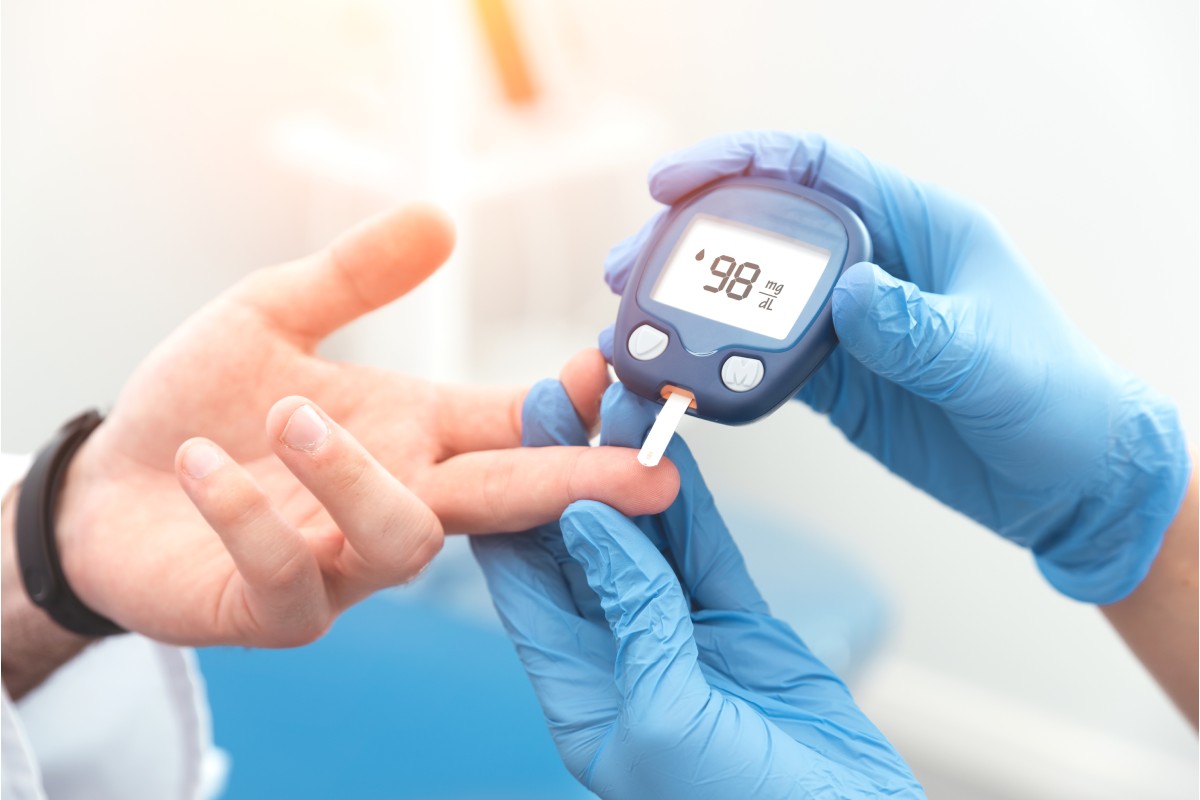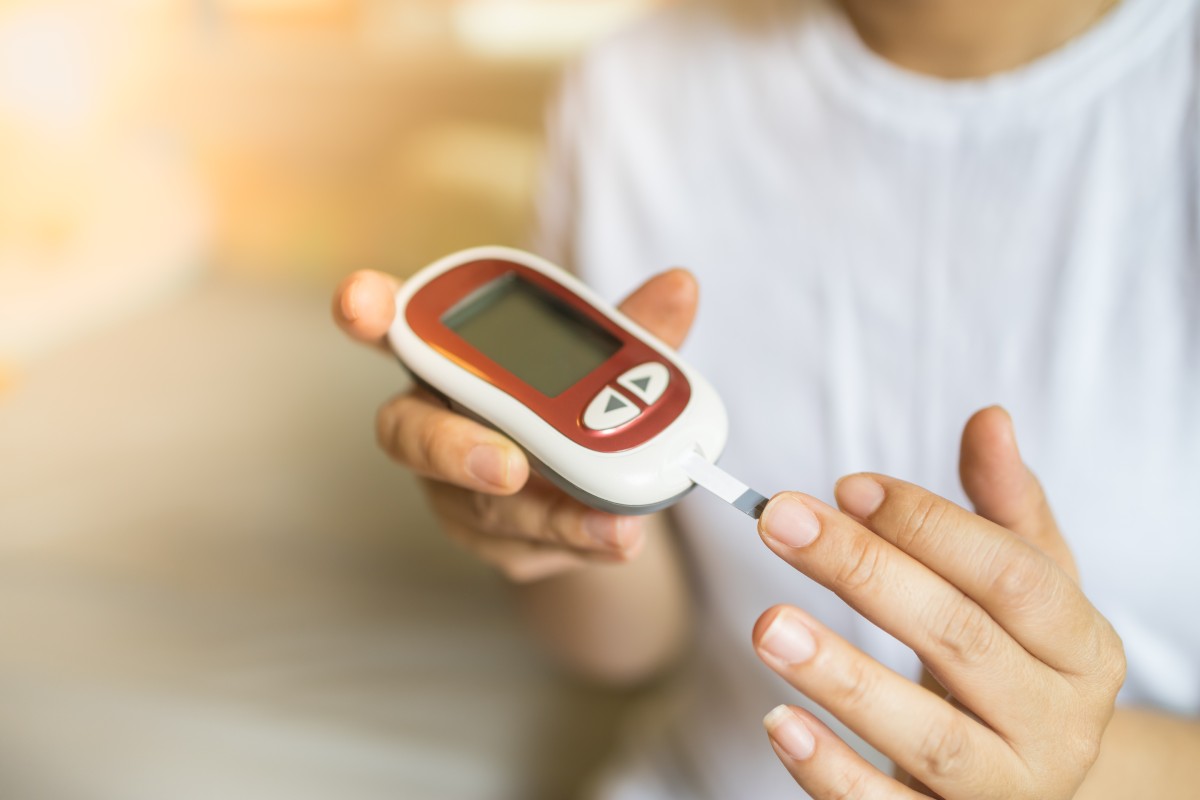

If you’ve been diagnosed with diabetes recently, the good news is that it’s easier to manage your problem now than it used to be many years back. If your doctor has prescribed you with medication, you can use this Soliqua coupon. Technology is on your side, as there are now many ways that you can monitor this disease. Not only does this mean a better quality of life, but it may even prolong your life.
Of the many gadgets out there to help, one of the most useful is your glucose meter. This enables you to check on your blood sugar levels, and then send this information on a monitor. That way, you can be more successful and effective in tracking your health.
Today, there are so many different types of glucose meters you can choose from. This article discusses three different types, and everything else you need to know, so that you can end up choosing the best glucose meter:


Table of Contents
Invasive glucose meters are the oldest and most widely used type of glucose meters and among all other diabetes accessories, mostly because it’s trusted by many medical professionals as the most accurate type of glucose meter. In this device, there’s a lancet—a lancing device—and test strips that work together to measure the blood sample taken from your fingertips.
You can keep the device as a part of the kit, and then later on purchase refill new strips and lancets from pharmacies.
Non-Invasive glucose meters, also referred to as minimally invasive glucose monitors, are physico-chemical sensors that are usually placed on the arm. This meter is used to scan the area and give you an instant blood sugar reading. This kind of glucose monitor serves as a breakthrough to those diabetic patients who have to monitor their blood sugar levels at least six times a day.
Continuous glucose meters enable you to measure your body’s glucose levels, and then send this information to a monitor. This is one of the fastest ways of detecting any changes in the blood sugar levels of a diabetic patient, as the glucose levels here changes automatically.
Many patients choose this type of glucose meter because it is least painful among all the three. A small glucose sensor is injected right into the skin. Then, the sensor is kept along the area with an adhesive tape so that it can measure any changes in the body’s fluid levels. The monitor device, however, has to be kept hanging on your pants, for instance. That way, it can take your glucose levels regularly and round-the-clock.
If there’s any down side to the continuous glucose meter, it’s the fact that it may be quite technical or difficult to use. You’ll have to learn your way around the technical aspects surrounding the machine. For instance:
When you weigh each of the pros and cons of every type of glucose meter, there’s no one type that’s universally better than another. Typically, this is a subjective matter that also depends on the needs and preferences of the patient.
However, there are certain features that a glucose meter must have for it to be considered of superior quality. These are:
A successful and effective diabetes management plan requires consistent monitoring through blood sugar testing. This is the responsibility of the patient to perform in between doctors’ checkups. That way, for their next visit to their doctor, the physician already has all the necessary information that it needs to give a successful treatment plan to their patient. With the information you learned above about glucose meters, now you have all the insights that you need to know for you to end up choosing the right one. Each one has their respective pros and cons, so it’s up to you to select the one that best fits your needs and preferences.
In the relentless pursuit of entrepreneurial success, it’s easy to overlook the most vital asset—yourself.… Read More
A barrel sauna isn’t just a visually striking wellness addition—it’s an efficient and highly functional… Read More
Technology is an integral part of most teenagers' lives today. While devices and social media… Read More
LASIK is one of the most popular vision correction surgeries that offers you freedom from… Read More
Plumbing issues can arise unexpectedly, and understanding the costs involved is crucial for homeowners and… Read More
Skin aging is often associated with external factors like sun exposure and pollution, but inflammation… Read More